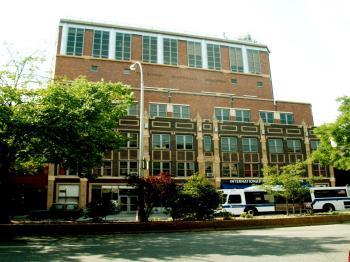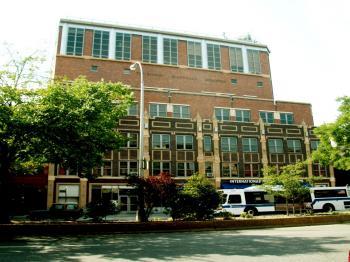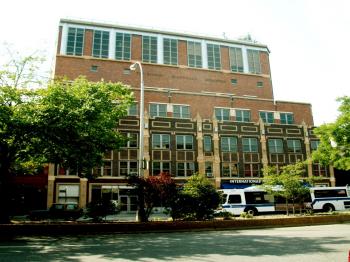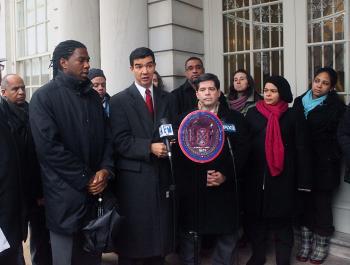Harlem has its challenges. The area has been dogged with crime, AIDS, and economic depression over the years—sometimes all at once. In 1989, the Abyssinian Development Corporation (ADC) formed with the hope of addressing the roots of these issues. The founders’ wish was to rebuild a strong, self-sufficient community.
President and CEO of the corporation, Sheena Wright, sat down with The Epoch Times to share her insights along with her passion of working with the people of Harlem throughout the years.
The 202-year-old church, which still stands as a landmarked building, was founded by a group of Ethiopian merchants in response to discriminatory practices against people of color. Its social justice mandate continued as the community met challenges over the decades.
During the 1920s and 30s, a large population moved to Harlem. “That was the epicenter of great migration when black people from all over the country, [from] all over the world, came to Harlem,” Wright said. It was the Harlem renaissance, with flourishing businesses making the community an international Black cultural and economic capital.
President and CEO of the corporation, Sheena Wright, sat down with The Epoch Times to share her insights along with her passion of working with the people of Harlem throughout the years.
Harlem’s History
The ADC was established just over 20 years ago, but its roots into the community reach back more than 200 years, with the founding of the Abyssinian Church in the depths of slavery.The 202-year-old church, which still stands as a landmarked building, was founded by a group of Ethiopian merchants in response to discriminatory practices against people of color. Its social justice mandate continued as the community met challenges over the decades.
During the 1920s and 30s, a large population moved to Harlem. “That was the epicenter of great migration when black people from all over the country, [from] all over the world, came to Harlem,” Wright said. It was the Harlem renaissance, with flourishing businesses making the community an international Black cultural and economic capital.






